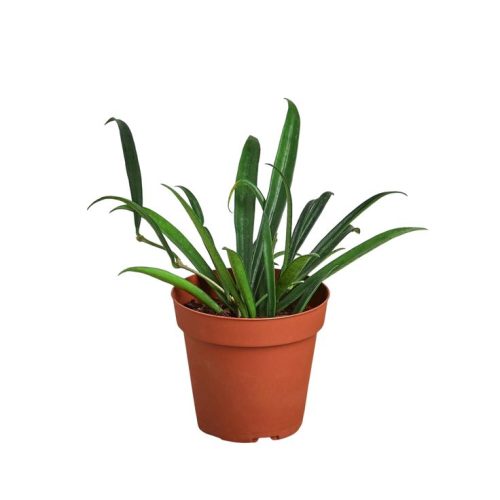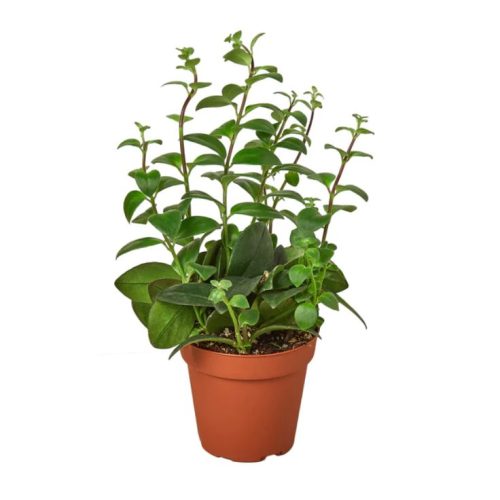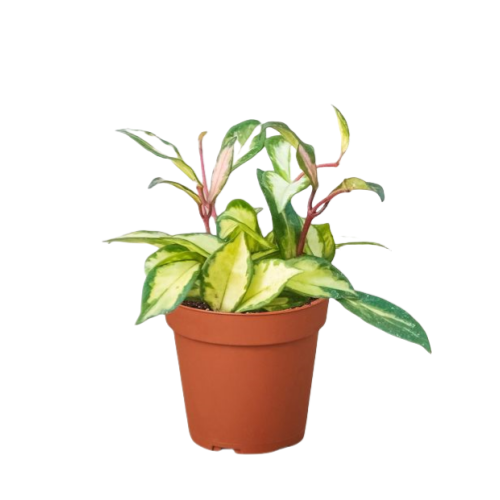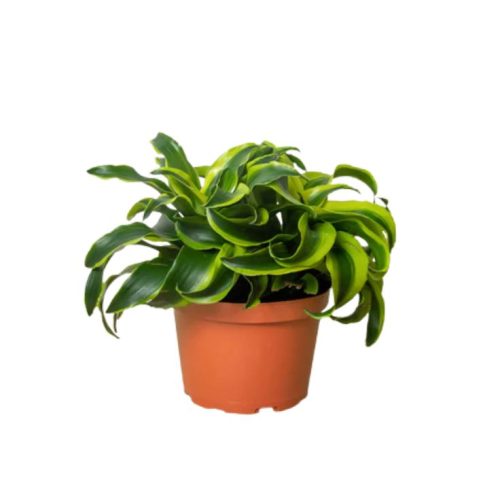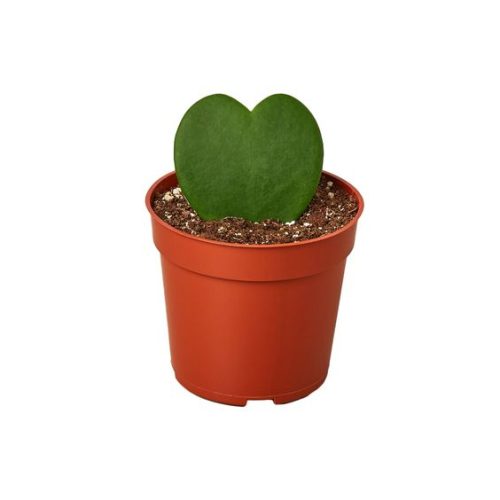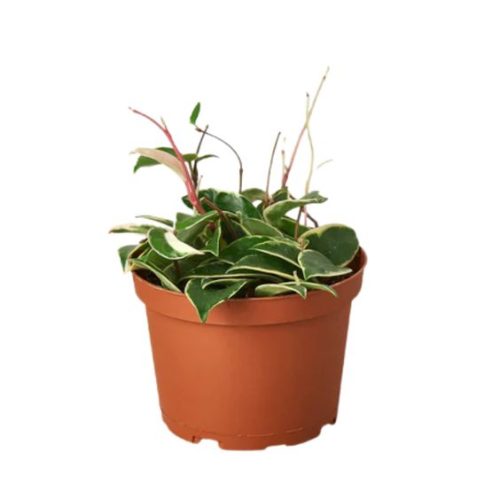Ma te Mammy Croton
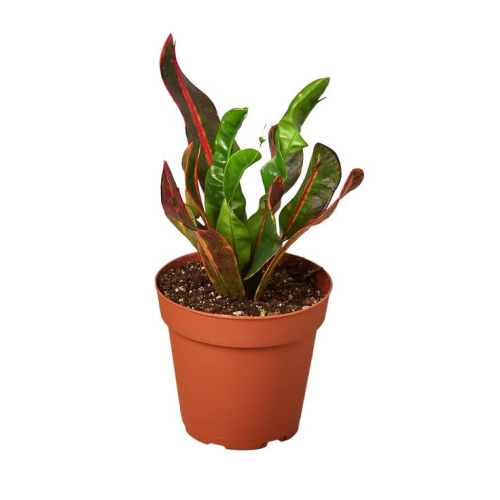
- Botanical Name:
- Family Name:
- Kakau:
- Te pāmahana:
- Others:
Tirohanga whānui
Whakaahuatanga Hua
Ma Te Mammy: Ko te Kaiwhakaako Palette Tropical
The Tropical Tango: A Guide to the Croton Mammy’s Charm and Care
Te tino pai
Croton Mammy, scientifically known as Codiaeum variegatum ‘Mammy’, is an indoor plant famous for its colorful and variegated leaves. It hails from the tropical regions of Malaysia, Indonesia, Australia, and the western islands of the Pacific, where it can grow into a shrub up to 9 feet tall, becoming a vibrant part of the tropical rainforest landscape.
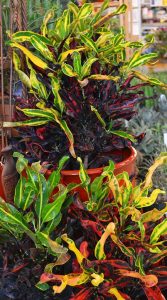
Ma te Mammy Croton
Te tipu o te ataahua: te kaitoi putiputi
Ma te Mammy Croton e kiia ana mo tona kiko, te tipu tipu tipu, tae atu ki te teitei toharite o te 2-3 waewae ka pakeke. Ko ona rau he roa, he maihao ano hoki, te whakawhanake i nga koikoi iti me nga koikoi ka tipu haere, ka hangaia nga taha maru e hanga ana i ia rau he mahi toi.
Nga whakaritenga Maama: Ko te Kaipupuri o te Rangi
Croton Mammy requires plenty of bright, indirect sunlight to maintain the vibrant colors of its leaves. It dislikes direct sunlight and is not suited to complete shade, so it’s best to place the plant near a south or west-facing window, slightly away from the window to prevent direct sunlight from hitting the leaves, or use sheer curtains or light shades as a buffer.
Te wai me te pāmahana: te kaitiaki o te makuku
Croton Mammy prefers consistently moist but not soggy soil and thrives in indoor temperatures between 60-80°F, with a preference for high humidity levels of 40-80%. Always check the soil before watering to ensure it’s not over- or under-watered. Avoid placing the plant directly on a windowsill where direct light is too strong, and also avoid north-facing windows which do not provide enough sunlight. Croton Mammy does not tolerate extreme temperature changes and requires careful care to maintain its health and beauty.
Ko te Vogrant Vogrant o te Mammy Croton: he Symphony o te Puka me te Tae
Te puka nui
Kei te rongonui a Croton Mammy mo ana waahanga morphological ahurei. Ko te tipu ngoikore me te roa o te waa, ka whakaatu i te hue matomato nui, ka tukuna ki te kowhai, whero, he karaka ranei. Ko enei rereketanga kaore anake te taapiri i te piira whakaatu ki te tipu engari ka mahi ano hoki hei tohu mo tona mana hauora. Ko nga rau o te mammy crotonmy he kiri kiri, he maeneene, he karaihe, he mea tino ora i raro i te maama. He rereke te ahua me te rahi o nga rau, engari he rereke te ahua me te iti o te waikawa, te taapiri i te taha ataahua.
Te takaro o te maama me te pāmahana

Ma te Mammy Croton
Ko te maama tetahi o nga mea tuatahi e pa ana ki te tae o te mama mama. Ma te maarama e kore e taea e te whakanui i te whakahiato o nga pigmes i roto i nga rau, otira ko te caronody me te anthocyananins, e tuku ana i te kowhai, he karaka, he karaka. Ki te iti rawa te marama, ka ngaro pea nga rau i a ratou tae hihiri ka waiho hei ngoikore. Ko te pāmahana hoki e pa ana ki te tae rau o te mama o Croton, me nga pāmahana o raro e pa ana ki te whakahiato me te tohatoha o nga pi, e whakaatu ana i nga tae ngahuru. Ka huri te pāmahana pāmahana, ahakoa he wera rawa, he makariri ranei, ka kino te kino o te tipu, ka pa ki tona tae me te hauora.
Te kaha o te wai me nga matūkai
Ko te nui o te wai he mea nui ki te pupuri i te hauora me te tae o te mammy croton. Ka taea e te waipuke te waipuke ranei ka arahi ki nga huringa o te tae rau, te nuinga o te waa ka puta ai nga rau ki te kowhai, ki te whakawhanake ranei i nga waahi. Ko te pupuri i te oneone paku makuku engari kaore i te wai te tohu hei pupuri i tana tae. Ko te mana kai o te tipu ka pa ano ki te tae rau. He ngoikore kei etahi o nga matūkai, penei i te hauota, te ūkuikui, me te pāhare pāporo, ka taea e te panoni te panoni i te tae rau. Ko te whakatipuranga i ia wa, me whakarite te tipu o te tipu toenga, ka taea te awhina i ana tae hihiri.
Te toenga o te pH pH
The acidity or alkalinity of the soil also affects the synthesis of pigments in Croton Mammy’s leaves. Although this plant has a strong adaptability to soil pH, the best growth and color performance are usually achieved in slightly acidic to neutral soil. With careful care and management, this plant can display its most enchanting colors and forms, becoming a dynamic living entity influenced by a variety of factors.





